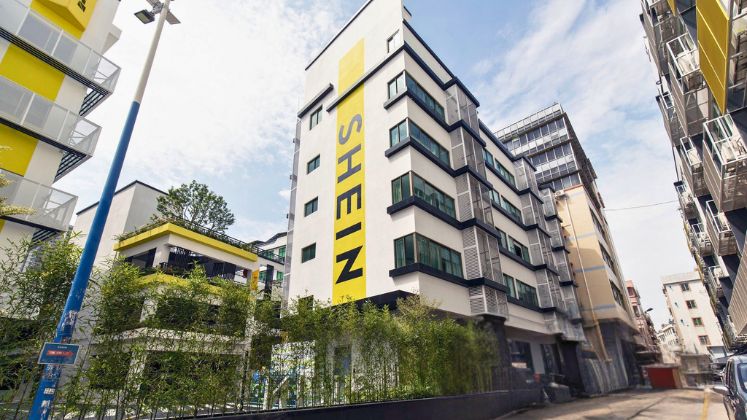
In southern China, urban villages on the outskirts of Guangzhou are known as ‘SHEIN villages’ because of the fast-fashion store SHEIN’s explosive rise.
SHEIN’s growth to over US $ 30 billion in sales per year was driven by favourable trade regulations, such as the US “de minimis” exemption that permits duty-free entry for inexpensive imports, and low prices.
However, in light of recent events, SHEIN’s local orders have decreased, according to three plant managers and four local downstream suppliers, who blame the company’s efforts to diversify its manufacturing to Vietnam.
As companies dependent on Chinese production face high tariff rates (145 per cent) and the removal of the de minimis threshold for Chinese goods, questions arise about the sustainability of SHEIN’s success and the future of Guangzhou’s factories.
In response to media inquiries, SHEIN denied shifting supply chain capacity outside of China, claiming an increase in Chinese suppliers from 5,800 to 7,000 in the past year.
The company did not address questions regarding incentives for large Chinese suppliers to set up more plants in Vietnam and the potential impact on order volumes for other Chinese suppliers.






